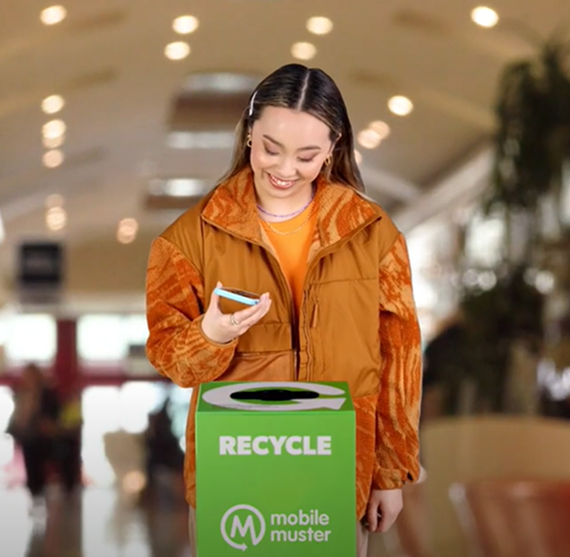In today’s fast-paced digital landscape, efficiency is everything. As businesses strive to keep up with growing content demands, automation in video marketing has emerged as a game-changer. From streamlining production to delivering personalized campaigns, automation is revolutionizing the way marketers create, manage, and distribute video content.
This article explores the benefits of automation, the power of AI, and real-world strategies for maximizing marketing efficiency through automation.

Embracing Video Marketing Automation
For years, video has been the most engaging content format across digital platforms. But creating, editing, and managing video campaigns at scale can be time-consuming and resource-intensive. That’s where marketing efficiency through automation tools comes in.
- Streamlined Campaigns: Automated workflows eliminate repetitive tasks, from scheduling posts to managing analytics.
- Consistency Across Platforms: Automation ensures your brand’s message remains consistent across YouTube, social media, and websites.
- Scalability: Whether you’re a small business or a global brand, automation allows you to expand campaigns without increasing manual effort.
By embracing automation in digital marketing, companies can run more efficient campaigns while focusing their creative energy where it matters most.
When CTAs are designed with these principles in mind, they guide the viewer naturally through the journey, from curiosity to conversion.

Benefits of Automation in Video Marketing
Artificial Intelligence is the engine that powers the future of marketing automation. Within video marketing, AI enables highly personalized, data-driven strategies.
- Automated Targeting: AI tools identify the best audiences for your videos, ensuring higher engagement and conversion rates.
- Content Recommendations: Machine learning algorithms suggest the right content at the right time, increasing relevance and reach.
- Personalized Campaigns: From dynamic video ads to customized email sequences, AI delivers tailored experiences that resonate with individual viewer
AI doesn’t just make campaigns more efficient; it makes them smarter and more human-centric.
Streamlining Video Content Creation with Automation
One of the most exciting advancements is the automation of content creation itself.
- Video Production Tools: Platforms now automate tasks like subtitle generation, scene transitions, and resizing for different channels.
- Video Editing Automation: AI-powered tools can trim videos, adjust lighting, or even generate highlight reels without manual editing.
- Content Marketing Integration: Automation platforms ensure videos are seamlessly embedded into blogs, landing pages, and social media campaigns.
With these tools, marketers can scale video content production while maintaining high quality, ensuring campaigns remain fresh and engaging.

Real-World Applications of Video Marketing Automation
Businesses across industries are already reaping the rewards of automation:
- E-commerce: Automated product videos that update when inventory changes.
- Hospitality: Personalized welcome videos for hotel guests triggered at check-in.
- Education: On-demand training videos tailored to individual learning paths.
- B2B Marketing: AI-driven video demos automatically adapted for different buyer personas.
These real-world examples highlight the versatility of marketing automation in digital marketing, showing how video can be both efficient and impactf
Conclusion
The era of efficiency in video marketing has arrived, and automation is at its core. By combining automation tools with the intelligence of AI, marketers can streamline workflows, enhance creativity, and deliver campaigns that truly connect with their audiences.
Whether you’re a digital marketer, content creator, or business professional, embracing automation in video marketing is no longer optional — it’s the key to staying competitive in an ever-evolving digital world.








